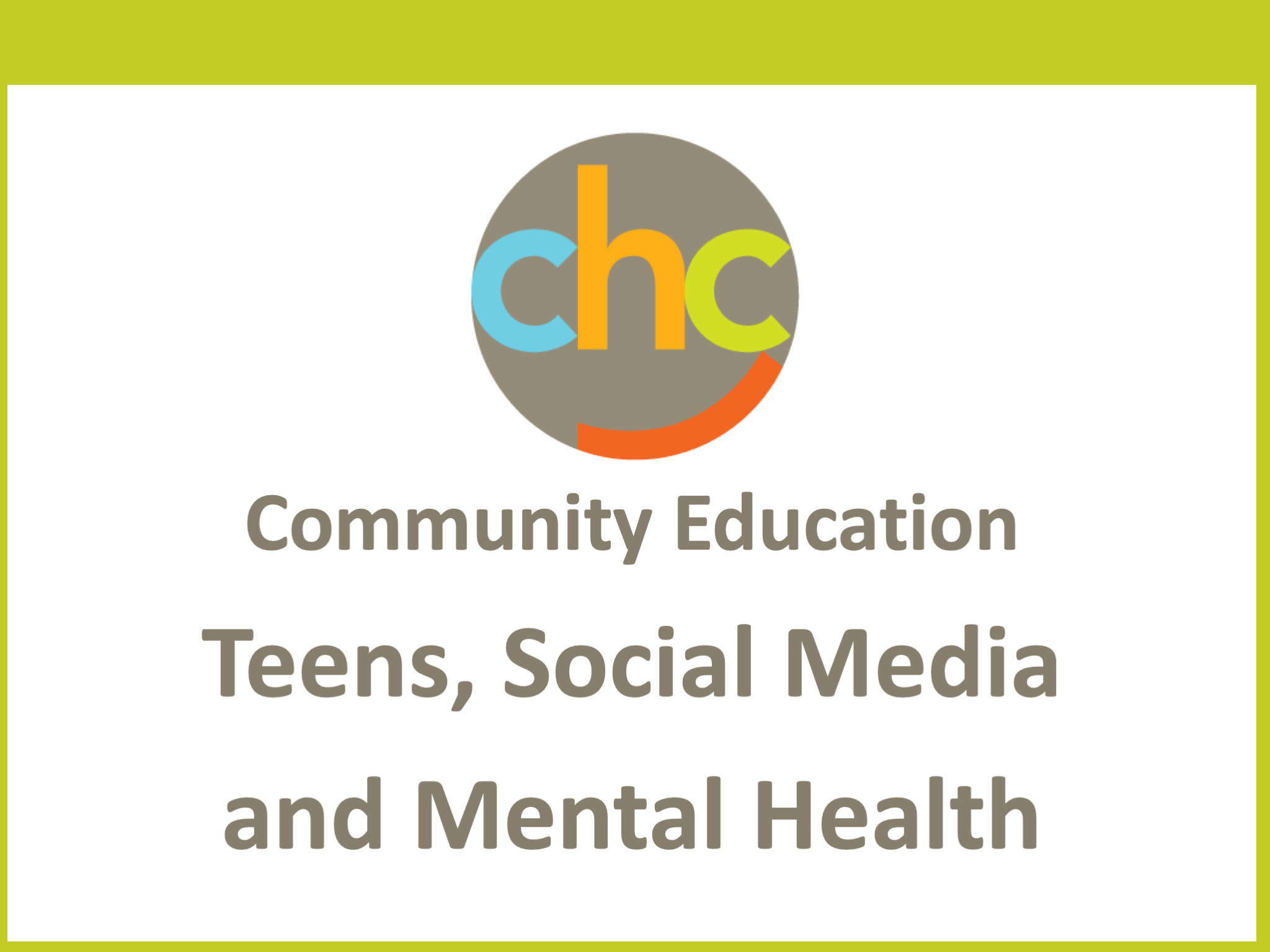 There has been a lot of attention on the negative impacts social media can have for teens and even pre-teens’ mental health.
There has been a lot of attention on the negative impacts social media can have for teens and even pre-teens’ mental health.
Common thinking traps
The team at the Center for Digital Thriving at the Harvard Graduate School of Education has identified seven common thinking traps that come up for many teens. Examples of the types of thoughts that can contribute to anxiety and other negative feelings.
- Mind Reading: When you assume you know what someone else is thinking or feeling. “My friend didn’t respond to my text so she must be mad at me.”
- Labeling: When you use negative labels for yourself. “If my photo doesn’t get a lot of likes, it means I’m a failure.”
- All or Nothing Thinking: When you make big generalizations and use words such as “always,” “never,” “nobody,” and so on. “Everyone I follow is happier than me.”
- Personalizing: When you put the blame on yourself. “I get distracted by my phone because I don’t have any self-control.”
- Negative Filter: When you focus only on the negatives (and ignore all the positives). “I can’t stop thinking about that one negative comment.”
- Fortune-telling: When you assume you know what will happen and it’s going to be bad. “I sent a text when angry and now my friend will never talk to me again.”
- Shoulds: When you think about what you “should” (or “shouldn’t”) do or be like. “I shouldn’t care how many likes I get.”
How to help teens escape from digital thinking traps
Teach teens to spot thinking traps
“Thinking traps are universal — we all have them — and even just starting to notice and name them is an intervention,” explains James. Among the Center’s resources are a glossary and a video, co-produced with KQED and Common Sense Education, that educators can use to help students identify their own or others’ thinking traps.
Help them challenge traps in their own thinking
After identifying a negative automatic thought (a thinking trap) help teens challenge it by asking:
- Are you 100% sure the thought is true? Is there any evidence that it might not be true?
- Are there any alternative explanations?
- What would you tell a friend who had this thought or worry?
For example, the people a teen follows on social media may appear happier than them but perhaps they are only curating the most successful aspects of their lives and editing out all the rest.
You might challenge the thinking trap “everyone I see on social media is happier than me” by:
- Exploring the evidence: Am I sure they’re all as happy as they look on social media?
- Considering alternative explanations: Perhaps people are posting only their best moments?
- Offering advice you might share with a friend: Remember that an online post never tells the full story.
Try out a new lesson
In partnership with the nonprofit Common Sense Education, the center has co-developed lesson plans for grades 6–12 to encourage students to reflect on how their own tech experiences are influenced by thinking traps and further steps they can take to protect their mental well-being while online.
Excerpted from “Strengthening Teen Digital Well-Being” in Usable Knowledge from the Harvard Graduate School of Education. Read the full article online.
Source: Harvard Graduate School of Education | Strengthening Teen Digital Well-Being, https://www.gse.harvard.edu/ideas/usable-knowledge/23/10/strengthening-teen-digital-well-being | ©2024 President and Fellows of Harvard College







